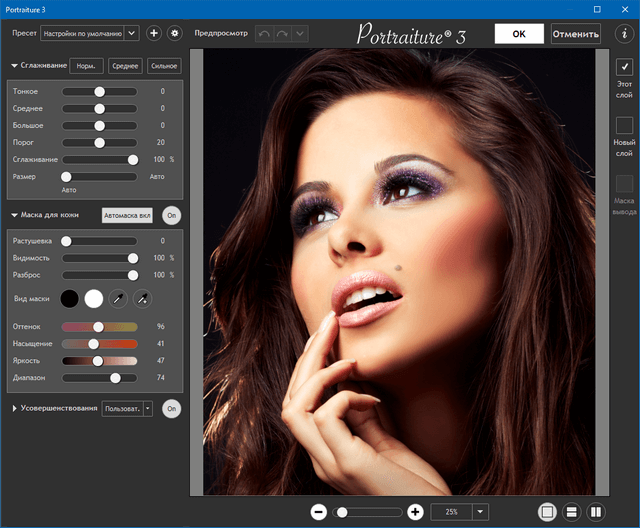
Refining the exposure of the portrait session I hover it over the fourth patch down from the white one then click. Now, I correct the color by using Lightroom’s White Balance tool. I click Sync at the bottom of the right sidebar so it reads Auto Sync.

In Lightroom Classic, I select all of the photos in the same light by clicking the first one in the grid view then shift-clicking on the last one. After the camera work is finished I go to the computer for neutralizing the color balance and refining the portrait session’s exposure. I do my best to shoot it immediately after I read the light so I’ll be sure to have it.

Next, I make sure to take a photo of the ColorChecker Passport Photo 2. Tweaking the portrait session’s exposure and color in post This is the setting that goes on the camera. The initial exposure is set with an incident light meter like the Illuminati IM-150 that connects to my iPhone and Apple Watch. The ColorChecker helps me refine the exposure, set the white point and neutralize any color casts. I use the incident meter to read the light falling on the subject so there is no issue with its tonality - light or dark, the subject’s true tone shines through. The two tools I use for this are am incident light meter and ColorChecker chart. Both of these fixes can be solved during the portrait session itself so they take up almost no time at the computer. Two areas that take up a lot of post-production time are fine-tuning exposure and correcting color. It doesn’t have to be … Begin each portrait session with the right exposure and color

This can be time-consuming when working on a large number of poses.

Today those effects are created after the session is over in post-production. In the days of portraiture on film, soft focus filters and over-lens vignettes assured the results would be dreamy and striking. The way the proofs from the portrait session look will directly affect the way the person sitting for the photos feels about them and often, about themselves. The key to a great portrait session rests on the proof that the subject sees after it’s over.


 0 kommentar(er)
0 kommentar(er)
